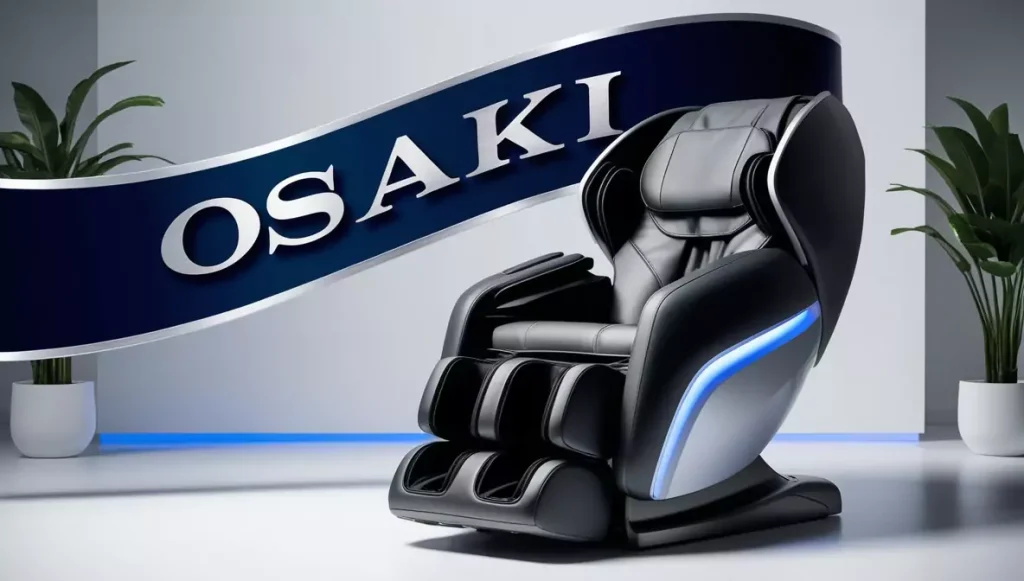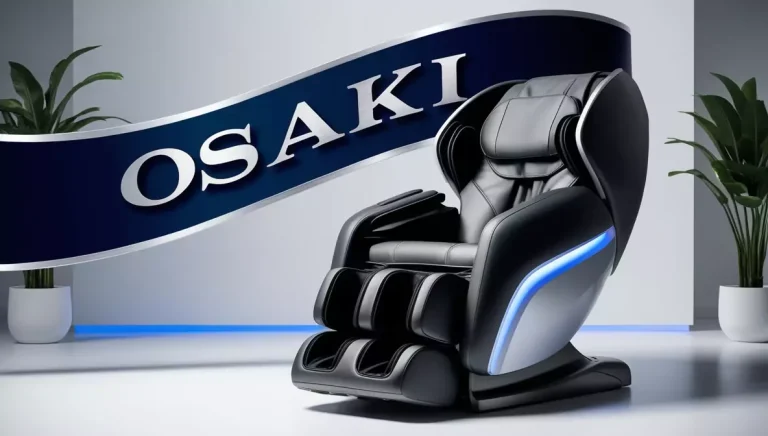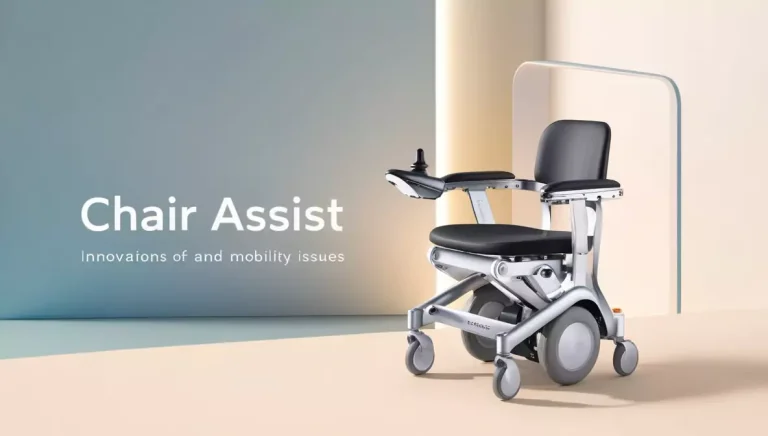Do Hospital Bed Lift Pads Really Have Affects On Patients and Caretakers?
Hospital bed lift pads! This is a notion that I found to be quite fascinating. In healthcare, does it really matter?
I started studying it and learned something that is crucial for everyone to know as well.
Providing patients with safe and effective treatment is a primary concern in healthcare facilities. For individuals with limited mobility, the challenge of repositioning, lifting, or transferring can be significant. This is especially true for those confined to their beds for extended periods.
Whether in hospitals, nursing homes, or home care settings, ensuring patient comfort while minimizing the risk of injury to both patients and caregivers is critical.
One of the essential tools that facilitate these transfers is the hospital bed lift pad. These versatile devices have transformed patient handling, making it safer, quicker, and more comfortable.
Let’s try to know about the importance of hospital bed lift pads, how they work, their materials, key features to consider when selecting one, and the added benefits they bring to patient care.
What is a Hospital Bed Lift Pad?
A hospital bed lift pad, also known as a transfer sheet or positioning bed pad, is a padded, sheet-like device with strategically placed handles that caregivers use to assist in patient movement.
These pads are placed under the patient to enable safe lifting, repositioning, and transferring. They minimize the stress on the sufferer and the caregiver.
People with mobility issues might benefit from hospital bed lift pads, which ensure that they can move around without pain or harm. Caregivers use these pads for repositioning patients, shifting them between beds or stretchers, and even turning them from side to side to avoid bedsores.
What Does a Hospital Bed Lift Pad Do?
Hospital bed lift pads serve several important functions that contribute to overall patient well-being and caregiver safety. The primary tasks these pads facilitate include:
Facilitates Patient Movement
A hospital bed lift pad makes moving patients easier. Caregivers grip the pad’s handles to lift or slide patients into new positions or transfer them to another location. This action reduces physical strain on the caregiver.
It also lowers the risk of injury for both the patient and the caregiver. The ergonomic design offers better control and smoother movement. This added control is crucial in fast-paced healthcare settings.
Prevents Bedsores (Pressure Ulcers)
Bedsores, also known as pressure ulcers, are a common concern for patients who remain in one position for prolonged periods.
Regular repositioning is key to preventing these painful and dangerous sores. With the use of a hospital bed lift pad, caregivers can more easily turn or reposition patients, ensuring they don’t remain in the same spot for too long.
This regular movement promotes better circulation, helping to prevent the formation of pressure ulcers.
Enhances Patient Comfort
Moving a patient manually can sometimes cause discomfort, especially for those with mobility limitations or pain issues.
A hospital bed lift pad offers a smoother and more comfortable way to reposition patients. The material is soft and supportive, providing a more dignified and less invasive method of handling compared to the manual lifting and pulling that can result in discomfort or injury.
Reduces Caregiver Strain
Manual lifting and transferring of patients can be physically taxing on caregivers, potentially leading to back injuries and other musculoskeletal problems.
Hospital bed lift pads help distribute the patient’s weight more evenly, reducing the effort required for lifting and repositioning. This can significantly lower the risk of injuries to caregivers.
How Does a Hospital Bed Lift Pad Work?
The procedure of transporting patients is very easy using hospital bed lift pads. Caretakers use the handles to elevate, rotate, or slide the patient into the right position.
After positioning the pad underneath, they can make adjustments smoothly. The pad provides essential support during the process.
It evenly distributes the patient’s weight for better balance. A more efficient and manageable transmission is made possible by this.
There are two primary types of hospital bed lift pads:
- Manual lift pads: Caregivers utilize these on their own, without the use of mechanical instruments. The grips on these pads are suitable, allowing for easy and safe mobility.
- Mechanical lift pads: These pads are designed to be used in conjunction with mechanical lift devices, further reducing the effort required by caregivers. The mechanical lifts can assist in elevating and transferring the patient more precisely.
Material Recommendations for Hospital Bed Lift Pads
The materials used in hospital bed lift pads are important for both durability and patient comfort.
Common materials:
- Nylon: Known for its durability and resistance to tearing, nylon is a popular choice for hospital bed lift pads. This material is easy to clean, making it ideal for frequent use in healthcare settings where hygiene is critical.
- Polyester: Polyester is a common material used in hospital bed lift pads due to its breathability and comfort. It allows air to circulate, reducing the risk of skin irritation or sweating, which can be uncomfortable for patients.
- Polyurethane-lined Pads: For patients with incontinence issues, a polyurethane-lined pad is an excellent choice. This material’s waterproof quality ensures that the bed stays dry and that the pad is simple to clean after use.
How to Choose the Right Hospital Bed Lift Pad
There are a number of factors to take into account when selecting a hospital bed lift pad to make sure it fits the demands of the patient and the caretakers.
Mindful factors:
- Size: The pad should be large enough to fully support the patient, ensuring they are safe and comfortable during transfers. Some pads come in various sizes, so selecting the correct dimensions is crucial.
- Handles: Look for pads with reinforced handles that are easy to grip and positioned for optimal leverage. Multiple handles provide more control and make it easier for caregivers to maneuver the patient.
- Material: The material of the hospital bed lift pad should be both durable and comfortable. It should be easy to clean and maintain hygiene while also providing comfort for the patient. Polyester and nylon are common choices because of their strength and breathability.
- Weight Capacity: Ensure that the hospital bed lift pad can support the patient’s weight. Different pads have varying weight limits, so it’s important to select one that can safely handle the patient’s body weight.
- Washability: Since hospital bed lift pads are used regularly, choosing one that is machine washable is important for easy maintenance. Frequent washing helps maintain cleanliness and ensures the pad’s longevity.
Why Invest in a Hospital Bed Lift Pad?
Investing in hospital bed lift pads comes with numerous advantages for both patients and caregivers:
- Safety: One of the primary benefits of using hospital bed lift pads is the increased safety they provide. They significantly reduce the risk of injury to both patients and caregivers during transfers. Allowing for a more consistent and fluid movement pattern lowers the chance of strain injuries and falls.
- Comfort: For patients with limited mobility, being moved can be uncomfortable or even painful. A hospital bed lift pad provides a more comfortable and dignified way to reposition patients. The patient may move about gently because to the soft material and thoughtful design, which makes them more comfortable.
- Efficiency: Hospital bed lift pads streamline the process of repositioning and transferring patients. This makes it quicker and easier for caregivers to handle these tasks, allowing them to focus more time on other aspects of patient care.
Additional Features in Hospital Bed Lift Pads
In addition to the basic features, there are several additional features you might want to consider when selecting a hospital bed lift pad:
- Waterproof Layers: For patients with incontinence issues, choosing a pad with waterproof layers is essential. This keeps the bed dry and protects both the patient and the mattress from dampness.
- Reinforced Stitching: Durability is key in a hospital bed lift pad. Reinforced stitching helps ensure that the pad can withstand regular use without fraying or tearing. This becomes even more important for the pad when heavy lifting or routine cleaning occurs.
- Multiple Handles: Some hospital bed lift pads come with multiple handles, allowing caregivers to have more control over patient movement. This feature can be particularly useful when more than one person is involved in the transfer.
The Impact of Hospital Bed Lift Pads on Patient Care
The integration of hospital bed lift pads into patient care has had a profound impact on the quality of life for patients and the ease with which caregivers can perform their duties.
Patients who are bedridden or have limited mobility are more susceptible to conditions like bedsores, muscle stiffness, and joint pain.
Regular repositioning is crucial to preventing these issues, and hospital bed lift pads make this process safer and more efficient.
These gadgets decrease the stress on caretakers, which lowers the risk of burnout and harm to caregivers. In healthcare environments where time is of the essence, having tools like hospital bed lift pads can significantly improve workflow efficiency, allowing caregivers to provide better, more focused care to their patients.
So what we learned overall?
Hospital bed lift pads are essential tools in modern healthcare settings. They provide a pleasant, effective, and safe means of transferring, lifting, and repositioning individuals with restricted mobility.
By reducing the risk of injury to both patients and caregivers, improving patient comfort, and preventing bedsores, these pads play a critical role in ensuring the quality of patient care.
When selecting a hospital bed lift pad, factors such as size, material, weight capacity, and additional features like waterproof layers and reinforced handles should all be considered to meet the specific needs of the patient and the caregiver.
Investing in a high-quality hospital bed lift pad can make all the difference in the daily manage








